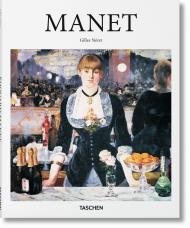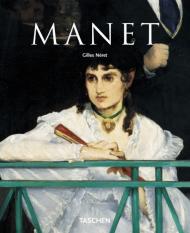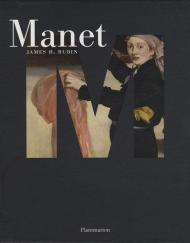Тридцять п'ять сучасних художників створюють власні версії «Сніданку на траві».
Картину Едуара Мане «Сніданок на траві» (1863) зазвичай називають першою сучасною картиною. Вступний слайд на лекціях з історії мистецтва про модернізм, ця робота залишається однією з «найсміливіших картин, які коли-небудь бачили у Франції», як описав її Росс Кінг у книзі «Суд Паріса» (2006).
Як і Мане зі «Сніданком на траві», найпровокаційніші художники сьогодні об'єднують історичне та сучасне в одну площину. Джеффрі Дейтч запросив групу цих впливових художників створити власні версії, поєднані тут з історичними відгуками на картини Мане. У тонкому томі представлені ці часто гострі та сатиричні роботи разом із есе, що обговорюють тривалий вплив «Сніданку на траві» на сучасний фігуративний живопис.
Про авторів:
Джеффрі Дейтч допоміг побудувати кар'єру деяким із багатьох провідних сучасних художників як галерист та куратор. Він є колишнім директором Музею сучасного мистецтва в Лос-Анджелесі.
Аруна Д'Суза пише про сучасне та сучасне мистецтво; інтерсекційні фемінізми та інші форми політики.
Марина Моларскі-Бек досліджує мистецтво ХХ століття, зосереджуючись на міжвоєнній фотографії та історії гендеру та сексуальності.
Томас Е. Кроу — американський історик мистецтва та мистецтвознавець, найбільш відомий своїми впливовими працями про роль мистецтва в сучасному суспільстві та культурі.
____________
Погортати книгу Luncheons on the Grass: Reimagining Manet's Le Déjeuner Sur L'Herbe на сайтi видавництва.



